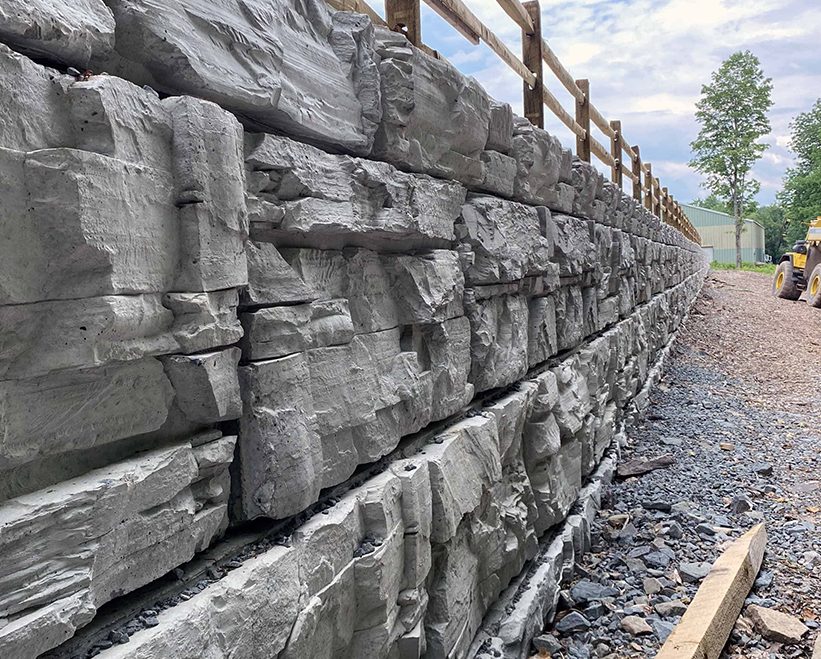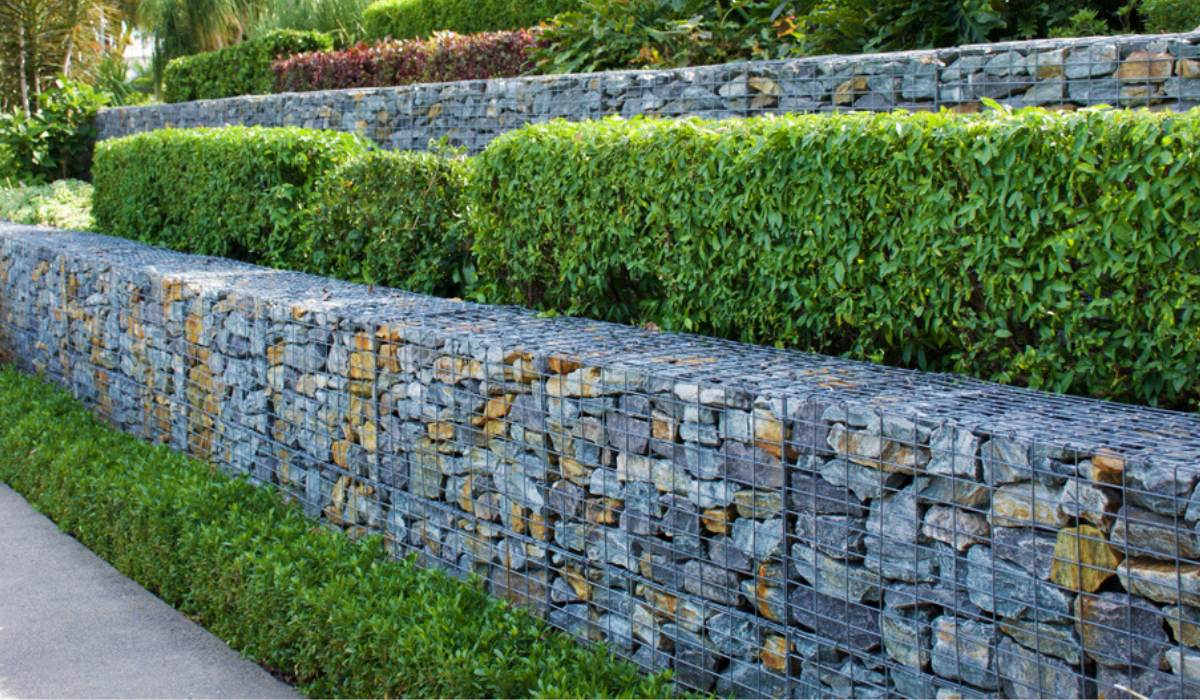
Content
- Popular Types of Wood used in the Construction Industry - FLETCHERS RETAINING WALLS
- Why You Should Consider A Two-In-One Landscape Design - RETAINING WALLS ADELAIDE
- View Our Retaining Wall Inspiration Gallery - SA
- Retaining Walls Provide Stability - RETAINING WALLS ADELAIDE
- Retaining Walls - FLETCHERS RETAINING WALLS
Popular Types of Wood used in the Construction Industry - FLETCHERS RETAINING WALLS
Keeping wall surfaces are frameworks constructed to hold back soil, rock, or various other products as well as stop them from eroding or collapsing. They are typically used in landscaping and construction to create degree locations, stop landslides, as well as offer stability to sloping surface. Preserving wall surfaces can be made of various products, such as concrete, stone, brick, or timber, as well as be available in different design and styles. In this post, we will discuss the advantages of maintaining walls, the various kinds of keeping walls, and also the elements to think about when building a preserving wall. Benefits of Maintaining Wall surfaces: Retaining wall surfaces give a number of advantages, including: Protect against soil erosion: Maintaining wall surfaces hold back soil as well as stop it from eroding or breaking down, which can secure the surrounding setting and avoid damages to residential or commercial property. Produce degree locations: Retaining walls can be utilized to produce degree locations on sloping terrain, providing extra functional room for landscape design or construction.
Improve landscape design: Maintaining wall surfaces can include aesthetic passion and dimension to a landscape, creating chances for planting or ornamental functions. Lower upkeep: Retaining walls can help reduce maintenance by avoiding soil erosion as well as safeguarding the surrounding landscape from damages. Supply security: Maintaining wall surfaces can supply security to sloping surface, stopping landslides or various other dirt motions that can be hazardous or harmful. Kinds Of Maintaining Wall Surfaces: There are a number of types of retaining walls, each with its unique features and benefits. One of the most usual sorts of preserving wall surfaces are: Gravity Maintaining Wall Surfaces: Gravity maintaining walls depend on their weight and the weight of the material they hold back to give security. They are made from heavy materials, such as concrete, stone, or block, and also are normally broader at the base than at the top to offer additional security.
- Second, erosion can present safety concerns on steep slopes where rushing water may actually impede traffic or even destroy the land.
- A retaining wall can designate a shift of function within an outdoor feature such as a patio.
- By using a retaining wall near a border or slope, you provide leveled surfaces on inclined planes.
- Well-designed brick retaining wall can serve dual purpose – it can provide an outer shelf for plants and can also be utilized for picnic supplies or yard games.
- Such walls intensify an aesthetic appeal to the structure and its surrounding.
- Erosion is particularly concerning in areas without trees or shrubs extending their roots into the soil.
- Depending on the slope and grade of a landscape, water may pool and even flood certain areas.
- This makes retaining walls all the more important, especially if your landscape does not feature a lot of trees and shrubs to hold the soil in place.
- Regardless of materials, retaining walls achieve the result of creating terracing in a sloped area and holding soil in place.
- There are a number of benefits to having a retaining wall, ranging from reducing soil erosion to increasing your property value.
- We are a local and family-owned landscaping company offering a variety of landscape services, from new installations and complete renovations, to simple improvements.
- We have the resources, experience, and expertise to help you create and maintain your property in excellent condition.

Cantilever Retaining Walls: Cantilever retaining wall surfaces utilize a strengthened concrete slab or beam of light to hold back the product they support. They are designed to move the weight of the material to a solid ground, producing a counterbalance to the material's weight. Sheet Heap Maintaining Walls: Sheet pile preserving walls use interlacing steel, concrete, or timber sheets to keep back the material they sustain. They are commonly utilized in locations with minimal area or where excavation is difficult. Secured Keeping Walls: Secured keeping wall surfaces utilize cables or poles anchored to the material they sustain to give extra stability. They are typically utilized in areas with high dirt pressure or where the product being supported is specifically heavy.
View Our Retaining Wall Inspiration Gallery - RETAINING WALLS ADELAIDE
Variables to Take Into Consideration When Structure a Retaining Wall: When building a maintaining wall, numerous elements require to be considered to guarantee its stability and also long life. One of the most essential factors to think about consist of: Soil Problems: The soil problems, such as the type of soil, dampness material, and also soil stress, can affect the design as well as construction of a maintaining wall surface. The soil needs to be evaluated prior to construction to guarantee that the preserving wall is developed to withstand the pressure and also weight of the material being held back. Water drainage: Proper drain is vital to prevent water from collecting behind the preserving wall, which can trigger it to fall short. A drainage system, such as a perforated pipe, must be mounted to allow water to stream openly away from the keeping wall surface.

Elevation: The height of the keeping wall surface is a vital factor to consider, as taller wall surfaces call for even more substantial building as well as added support to prevent failure. A certified designer needs to be spoken with when developing a maintaining wall surface over 4 feet high. Material: The material used to build the maintaining wall surface can influence its security, durability, and appearance. The material ought to be selected based upon the atmosphere, the product being kept back, and also the wanted visual. Layout: The layout of the preserving wall surface should consider the surrounding environment. Avoid Soil Erosion: One of the primary benefits of keeping walls is their ability to prevent soil erosion. They keep back dirt and also stop it from deteriorating or falling down, which can shield the surrounding setting and also stop damages to building. Preserving wall surfaces additionally stop water overflow from removing the soil, which can create substantial damages to Get the facts the landscape. Produce Functional Space: Keeping walls can create added useful area on sloping terrain. They can be used to level out a sloping yard, developing a level location for outside activities such as barbecues, exterior dining, or gardening. Retaining wall surfaces can likewise be utilized to create terraced yards or to sustain an outdoor patio or deck, offering additional room for leisure as well as home entertainment.